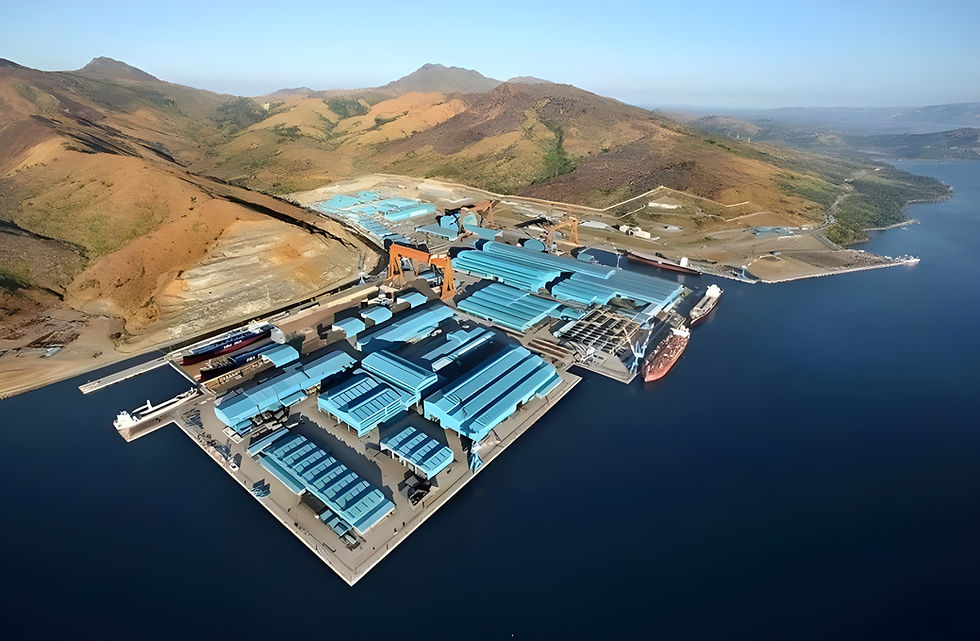Pension Funds Don’t Invest on Returns Alone
Aug 6, 2024

EXECUTIVE SUMMARY
U.S. public pension funds manage over $23 trillion, with roughly 9% in real estate and 14% in private equity. Beyond returns and diversification, contribution rate volatility is a central driver of these allocations. Annual portfolio swings translate into fluctuating contribution demands, straining public budgets and payrolls. Private equity and real estate help smooth these shocks through stable valuations and delayed gain recognition. But this approach also risks delayed loss recognition and overstated asset values.

Author:
John P. Causey IV
Pension Funds Don’t Invest on Returns Alone
U.S. pension funds oversee a staggering $23 trillion in assets, more than the rest of the world’s pension systems combined. Roughly 9% of this is invested in real estate, and just under 14% in private equity, including buyouts, venture capital, and co-investments. While higher returns and diversification are often cited as the drivers behind these allocations, a less obvious but critical factor is contribution rate volatility.
What is Contribution Rate Volatility?
Public pension systems promise defined benefits to retirees. To meet those obligations, they rely on annual contributions from workers and governments, calculated using Actuarially Determined Contribution (ADC) models. These models weigh future liabilities against expected portfolio returns.
When performance exceeds assumptions, contributions can fall. When it lags, they rise, sometimes sharply. This fluctuation, known as contribution rate volatility, creates real-world consequences. A spike in contribution requirements can strain public budgets or reduce worker pay. Imagine being the pension manager forced to tell thousands of employees their paychecks will shrink, not because of inflation or policy, but because the portfolio underperformed.
Why Smoothing Matters
Pension funds invest for decades but are judged annually. Under the Capital Asset Pricing Model (CAPM), risk is defined not as the chance of loss, but as volatility. Even portfolios with strong long-term returns are penalized for short-term swings, which introduce uncertainty into funding projections. In practice, a pension manager delivering lower long-term returns with less volatility may be seen as more effective than one delivering stronger but bumpier returns.
Smoothing matters because it gives pension funds a way to manage that short-term volatility. A sudden market decline, if booked immediately, could force sharp contribution hikes the following year, impacting government budgets, union negotiations, and payroll planning. By spreading gains and losses over several years, smoothing allows pension systems to avoid overreacting to temporary fluctuations and instead take a longer view.
Diversification once offered a way to manage volatility, but rising correlations across asset classes have weakened that defense. During downturns, private and public assets often fall together. As a result, smoothing and the asset structures that enable it, has become one of the most important tools for pension stability.
WATCH: Charlie Munger explains why Modern Portfolio Theory (Based on CAPM) "has no utility":
How Smoothing Works, and Where It Breaks Down
Smoothing depends on stable reported asset values. Private equity, especially in real estate, supports this by using internal NAV models updated only once or twice a year, based on income and cap rates rather than market sentiment. This slow-moving valuation profile helps pension systems project more stable contributions. By contrast, public REITs are marked to market daily and can swing sharply during downturns. The result is that similar assets can show vastly different reported performance.
But this perceived stability comes with risk. If private valuations are overstated, delayed corrections can trigger sudden contribution spikes and expose funding gaps.

The Appeal of Private Equity and Real Estate
Private equity and real estate funds offer structural features that align with pension smoothing strategies. Unlike REITs, which are marked to market daily, private funds use internal NAV models updated only once or twice a year. These valuations are based on metrics like income and cap rates, so reported values shift slowly, even during market stress. As discussed earlier, these internal valuation models provide perceived stability that supports more predictable contribution planning.
Private equity also benefits from back-loaded returns. Most gains come near the end of a fund’s life, but pension systems can amortize projected gains annually based on expected performance. This creates the appearance of steady returns, even without cash distributions.
Combined with amortization and buffer reserves, these structures help pension managers present smoother and often less politically disruptive funding paths. The risks remain, but they are delayed, muted, or harder to detect.
A Practical Conclusion
For fund managers and project sponsors seeking pension capital, understanding contribution rate volatility is not academic; it is strategic. Pension systems favor structures that support smoothing: stable NAVs, low visible volatility, and return profiles that reduce year-to-year funding surprises.
To stand out, investment teams and placement agents should emphasize how their strategies help stabilize, not just grow, a pension’s portfolio. Demonstrating how an asset structure reduces contribution risk and supports predictable funding can provide a competitive edge in an environment where stability drives allocation decisions.
VANTAGE'S TAKE
Pension fund behavior can puzzle even seasoned fundraisers, but contribution rate volatility explains much. These funds do not just chase returns; they also chase stability. Understanding how smoothing works, and why private fund structures support it, is essential for aligning your strategy with what these institutions actually value.









